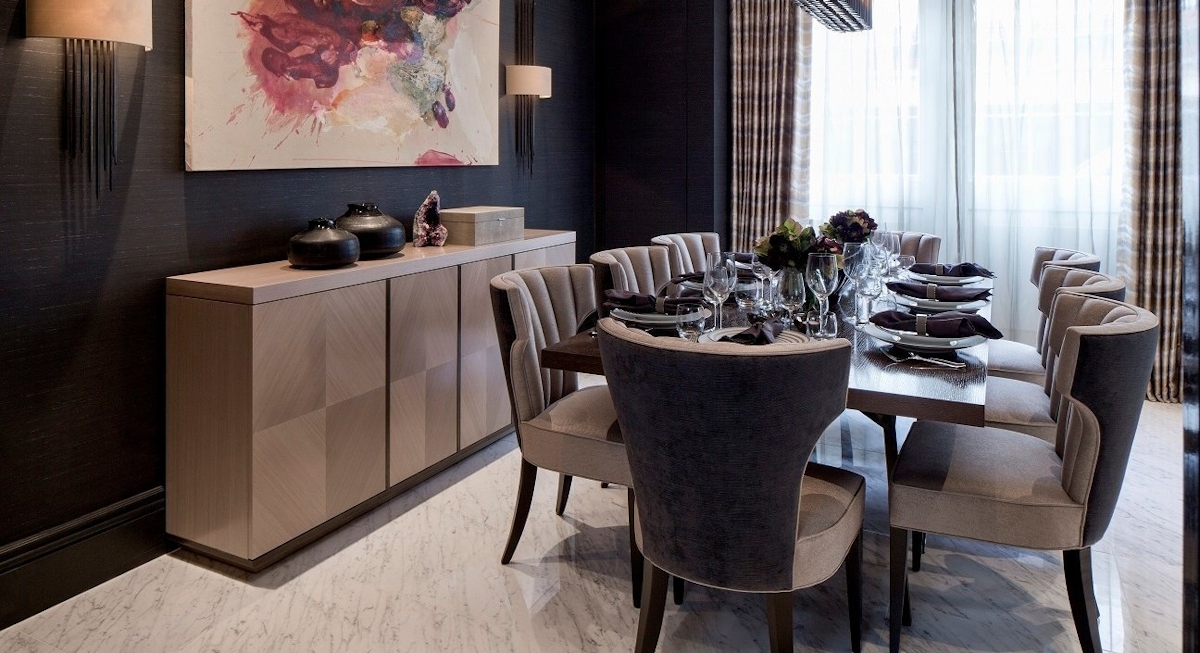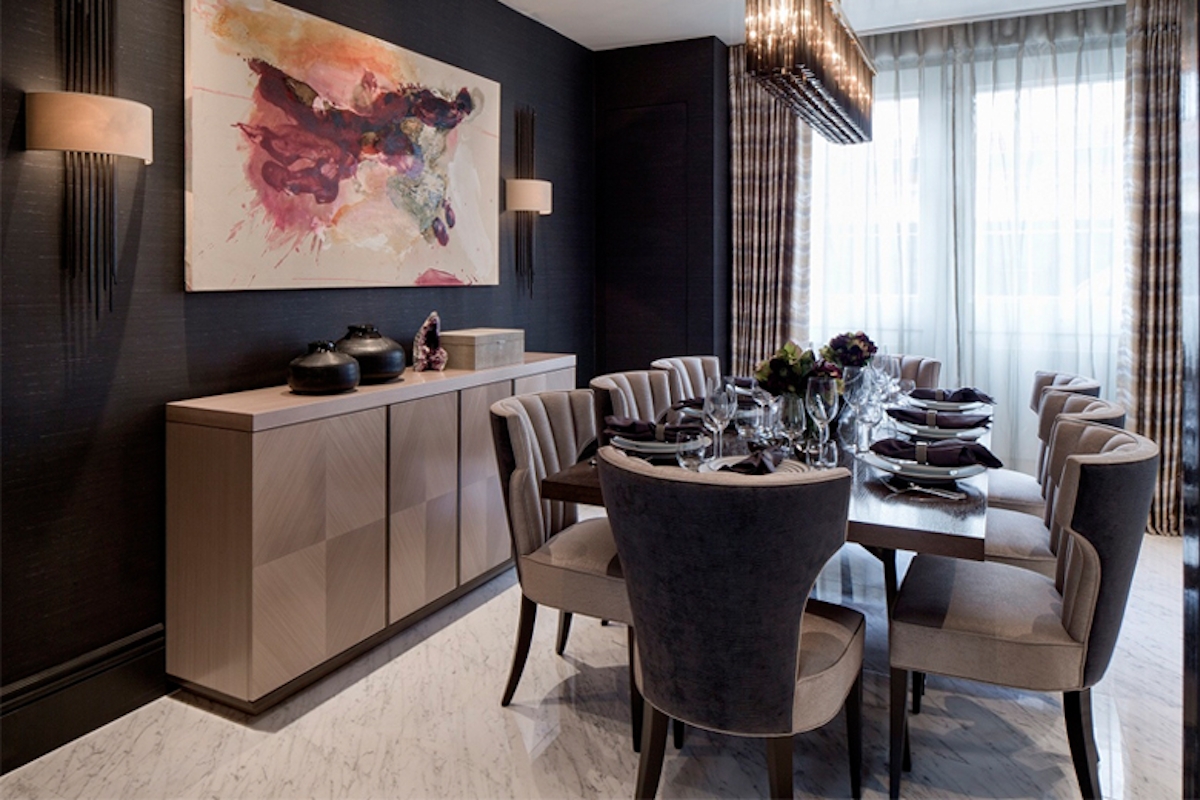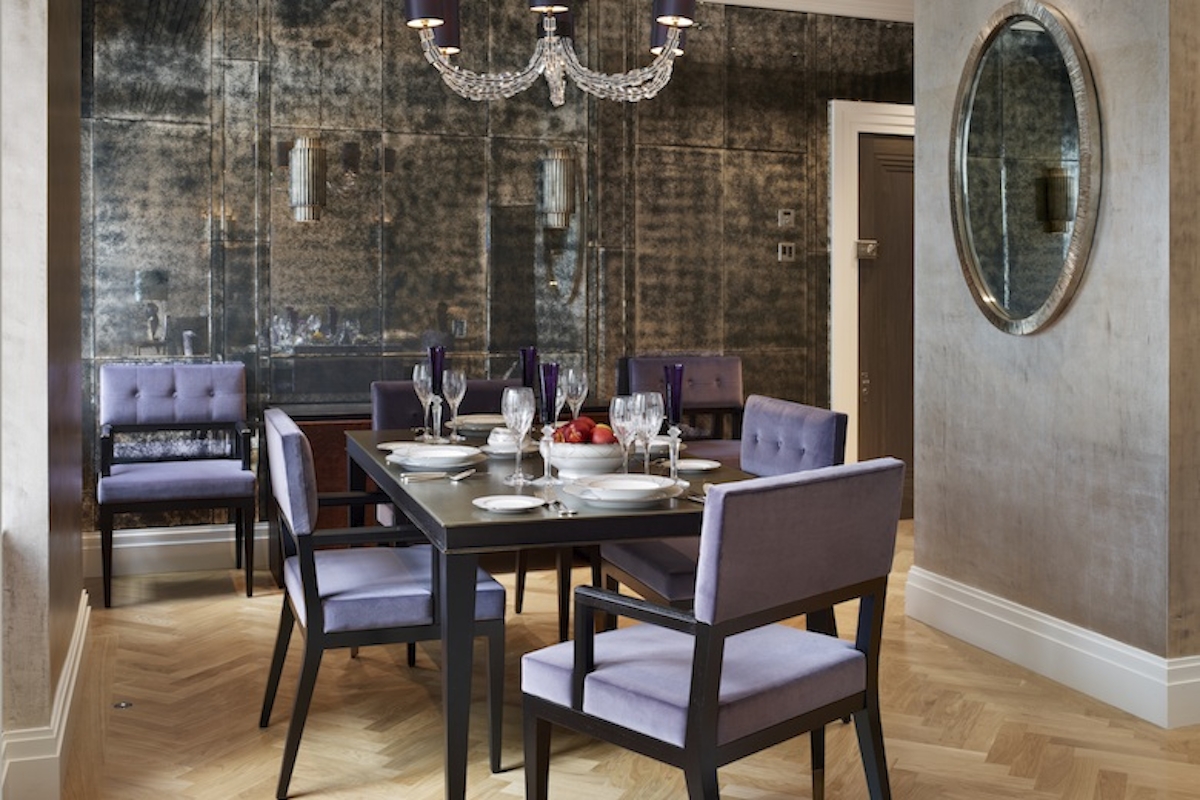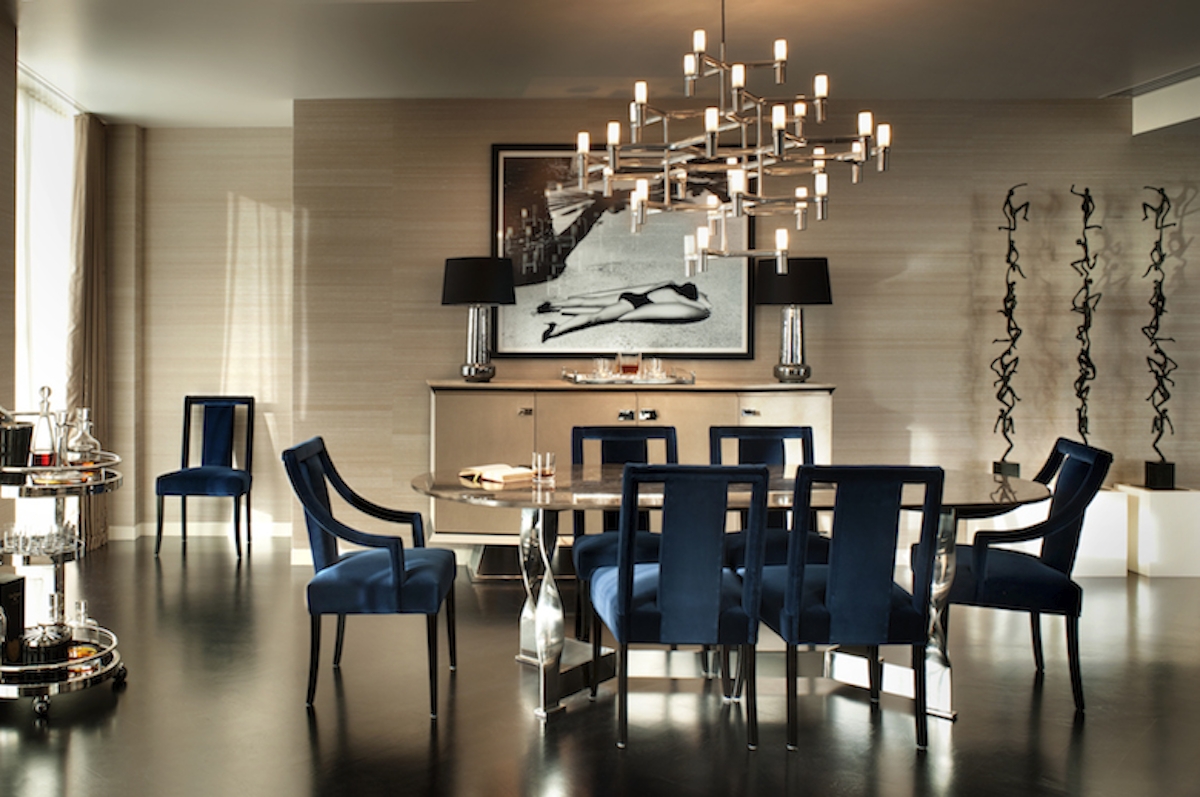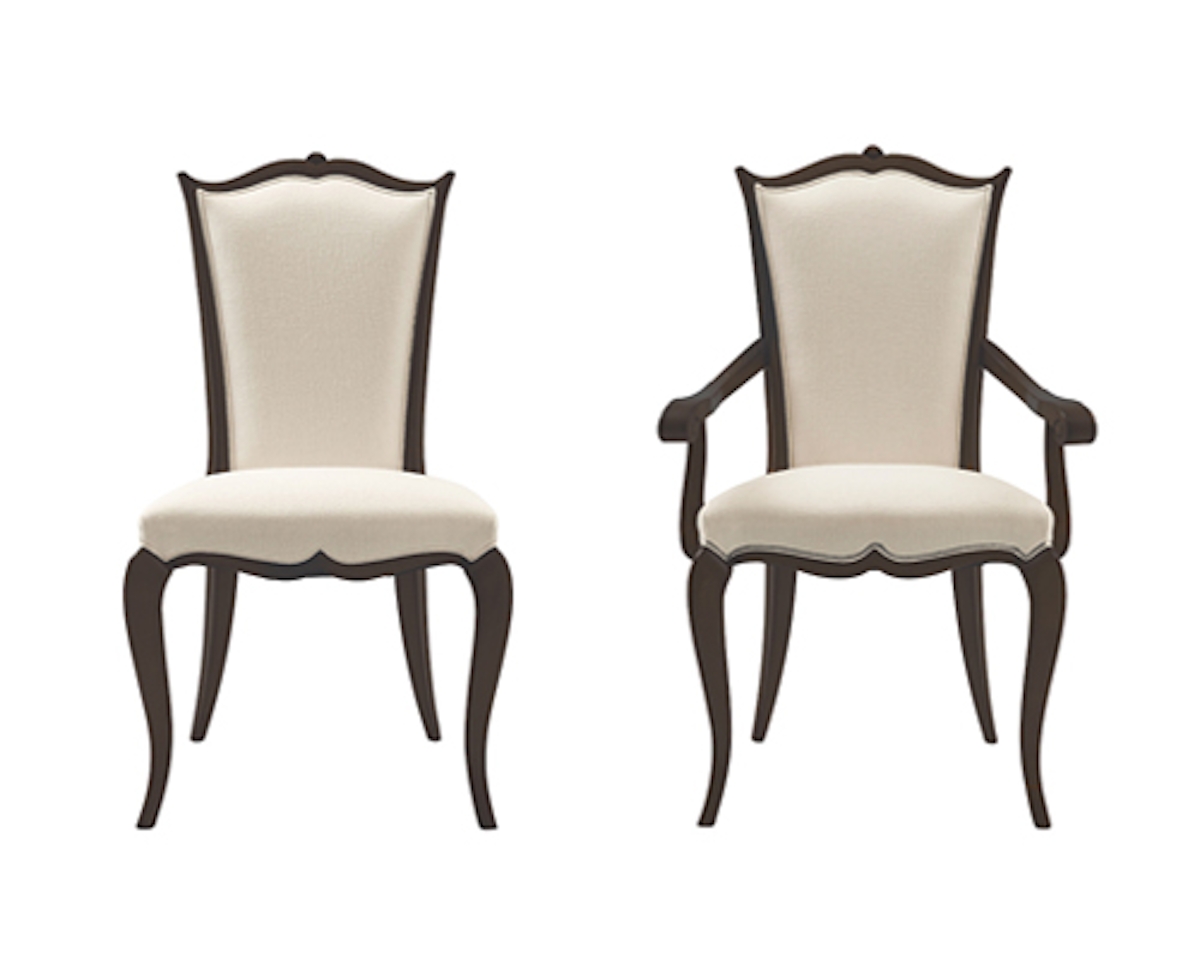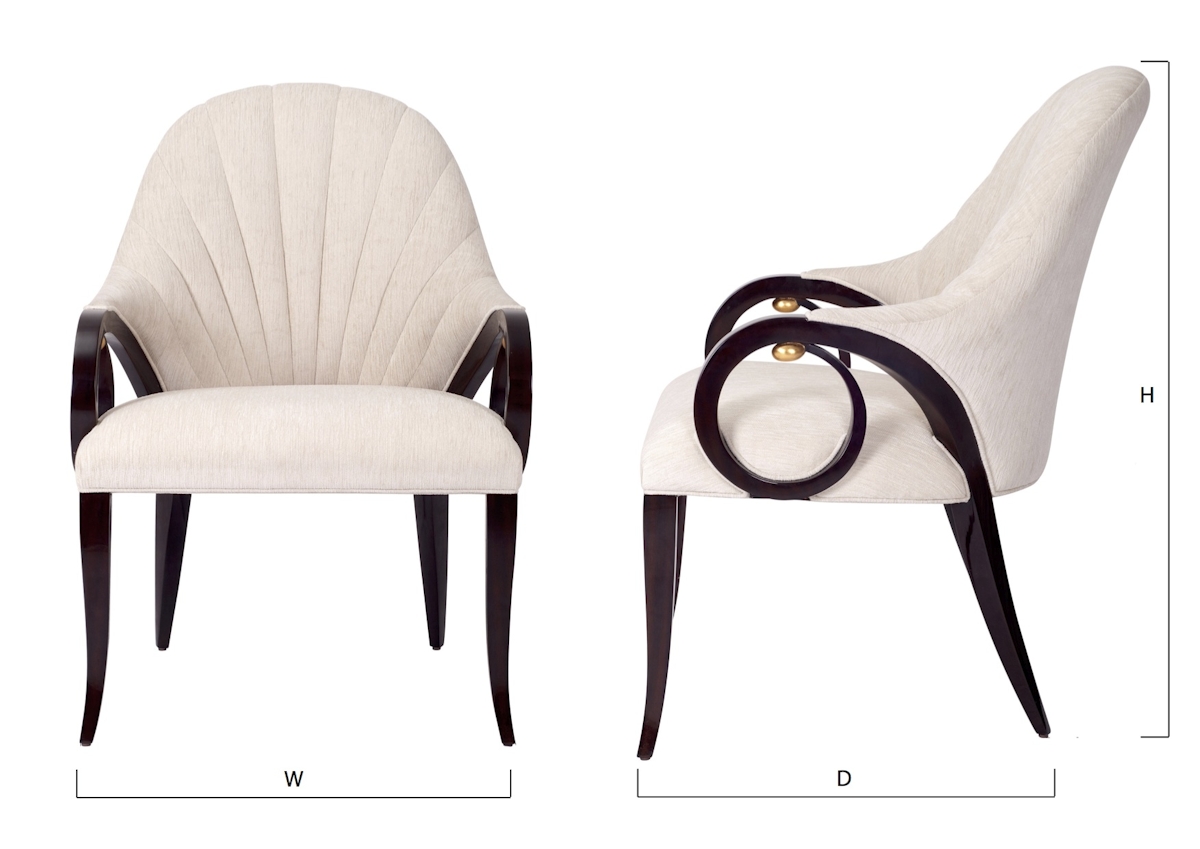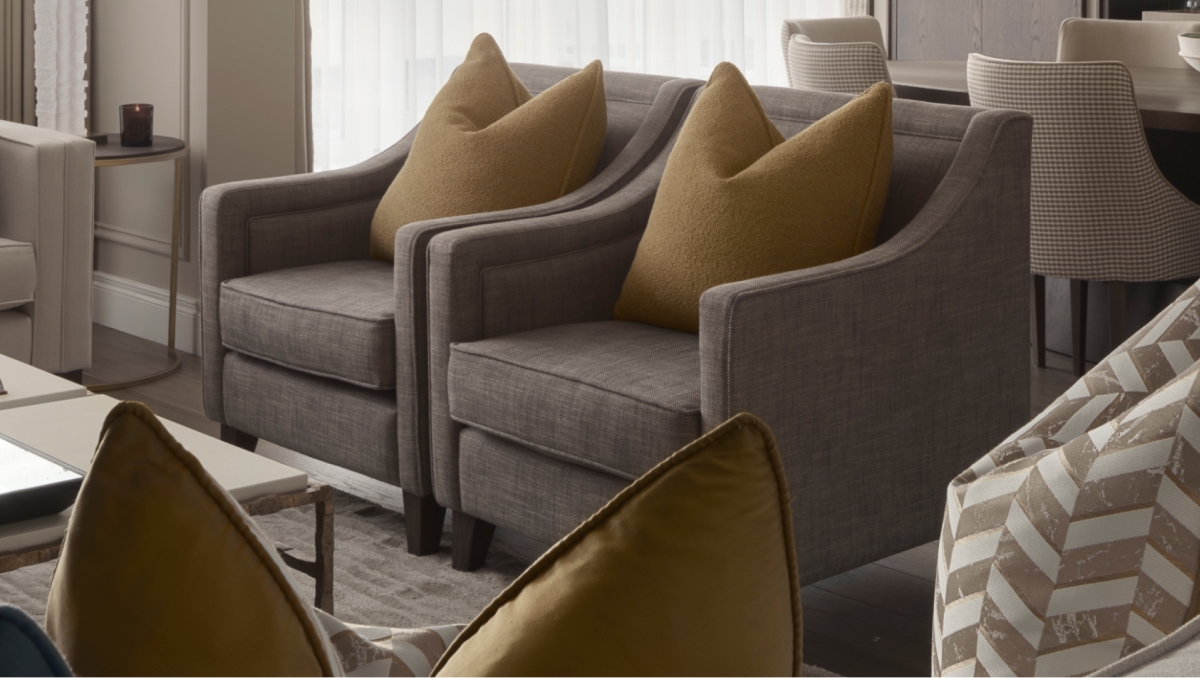A dining room is one of the main social areas in a home. It serves as a place to enjoy good food and good company but what’s equally important is that it should be a place that you enjoy spending time in. And, as all good host and hostesses know, fine dining style comes down to so much more than what’s on the menu or who’s over for dinner.
There are many practical considerations from space planning and fabric and material choices to functional elements and craftsmanship. Yes, choosing dining room furniture takes a lot of thought, but thanks to our handy buying guide, the process is made so much more simple.
Before making any big decisions, decide what you want from your dining room – that will determine a lot, from style to layout and from what what furniture you’ll include to how you’ll plan your lighting scheme. Writing down your answers to the following questions and then reviewing them will make any design decisions much simpler:
– Will it be primarily a formal or informal eating area?
– What kind of mood do you want to set?
– How often will the room be used?
– What is the average number of guests you will cater for?
– What is the age range of your guests?
– How important is a uncluttered space to you?
Once these questions have been answered, you will find that a lot of your design choices will be a little clearer. For example, someone who plans to use their dining room solely for three course meals on special occasions might look for a more formal style with the addition of a sideboard, china display cabinet and upholstered carver chairs. For a dining space which will be used daily for breakfast, lunch and dinner (and the odd after-dinner homework session), a more relaxed look works well with durable materials.
